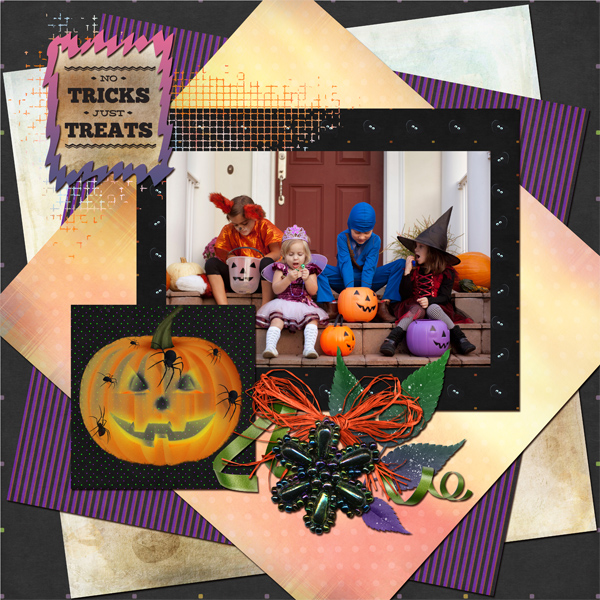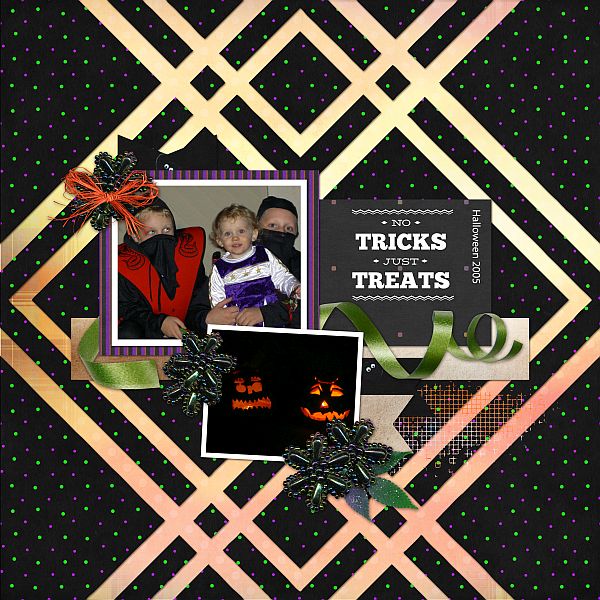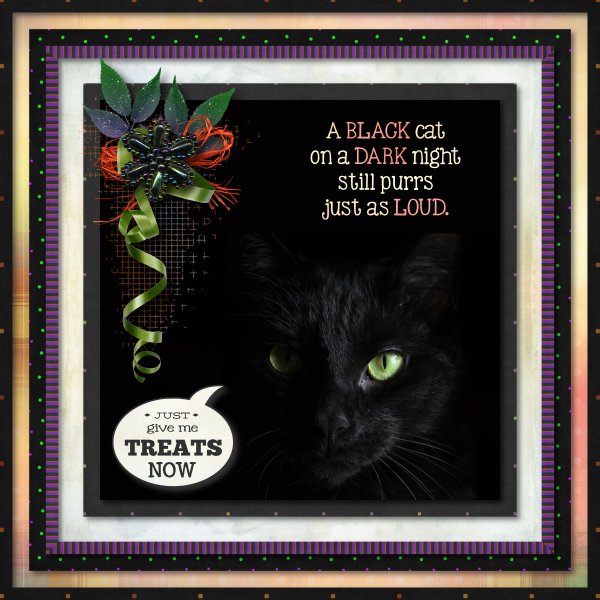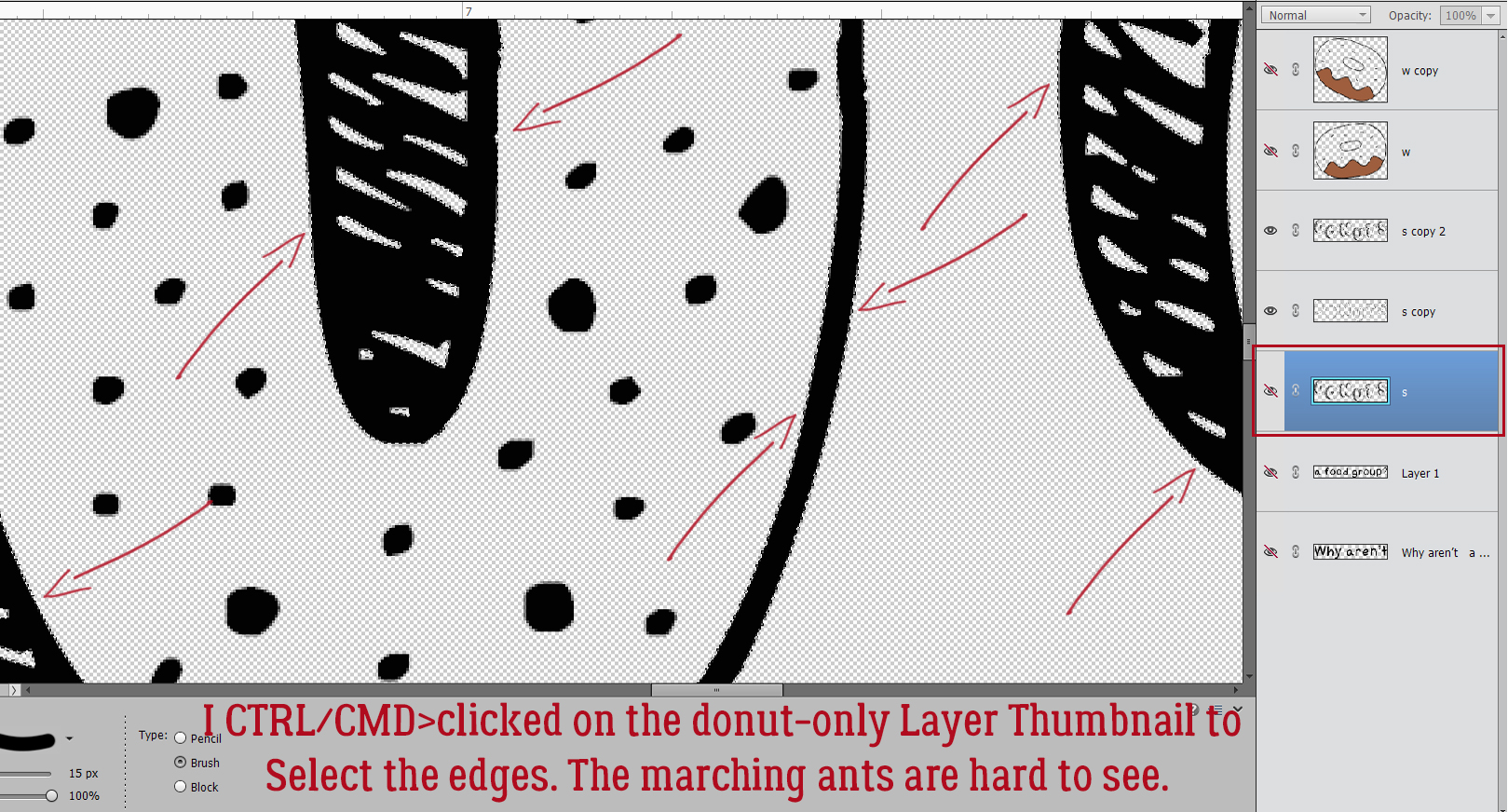Wimpychompers!


Well, here we are at the end of another year. December is probably the busiest month of the whole year for most of us, given there are so many festive occasions on the calendar. I hope you have a few minutes to get to know Christina, who’s nom-de-plume is Wimpychompers. [I wish I would have thought to ask her how she came to choose it! Missed opportunity.] Let’s just dive in!
J: This is probably the one question people are really curious about. What led to you deciding to become designer?
C: I had started getting interested in digital signatures and started designing those and writing tutorials. I finally made the switch to digital scrapbooking for my own personal use (it was easier to clean up with little ones). I loved it and finally became a designer.
J: I think that’s the main reason most of us have been drawn to digital scrapping – the lack of mess! Can you tell us a little about where you do your creating?
C: My couch in the family room with a tv and a laptop desk. It’s super comfy!
J: Right?! I work in an IKEA wing chair in my living room with the TV on too. I always feel like this question is like asking you which of your kids is your favourite… which of your current kits in the GingerScraps store is your favourite?
C: Just You and Me I think, it’s just sweet and all about love.

J: CUTE!!! Kids on mo-peds, how creative!! This might be a little harder to answer. If time travel was possible, would you go back in time, or into the future?
C: Back for sure, my kids are all teens and I would love to go back and hold them as little babies once again.
J: Omigosh, yes! That would be so wonderful. Mine are all well into adulthood, but I remember when they weren’t. If you could only eat one meal for the rest of your life, what would it be?
C: Swedish Meatballs, our family recipe is a favorite.
J: Hmm. I might have predicted that… being part Swedish myself. But then I don’t know anything about that branch of my family – my great-grandmother is a bit of an enigma, and if time travel was a thing, I’d go back and ask her to tell me all about them! Is there a super power you wish you had?
C: Flight, it would be cheaper to travel.
J: And so much easier! No airports, passports, security pat-downs, middle seats, delays, customs. Yes, please! Although I did meet someone famous on a flight, a country music songwriter who brought his guitar on as his carry-on. Can you play a musical instrument?
C: Yes, I can play the flute!
J: I love the sound of a flute and have an old school friend who plays. Did you want to be a musician when you were small, or something else?
C: I saw myself as a ballerina, a teacher or a children’s book author.
J: Oh, that makes sense! All the little people in your designs… you could have illustrated children’s books too. Now, aside from necessities, what is the one thing you couldn’t get through the day without?
C: My mascara, without it my eyelashes are blond and I look very tired!
J: I wish mascara was all I needed to conceal how tired I look. Last question: If you came with a warning label, what would it say?
C: Warning, tired of people’s crap! (lol)
J: Have you been stalking my Twitter feed? We could be friends!! Christina, thanks for chatting with me; I know how crazy life is for everybody right now. I hope the rest of December is kind to you.
![]()























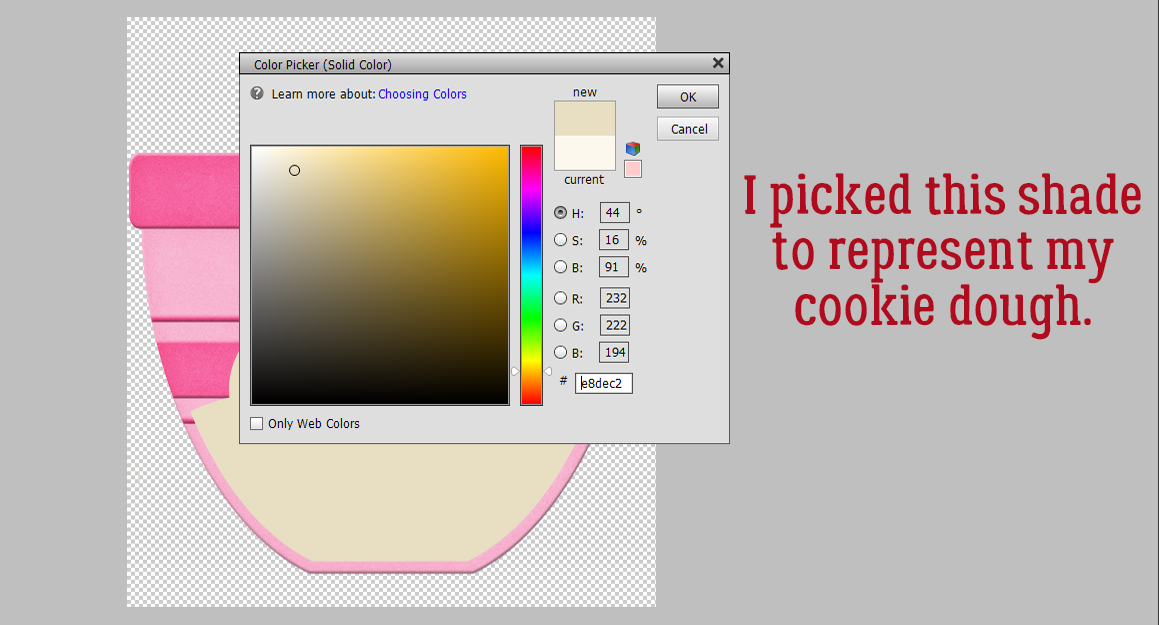





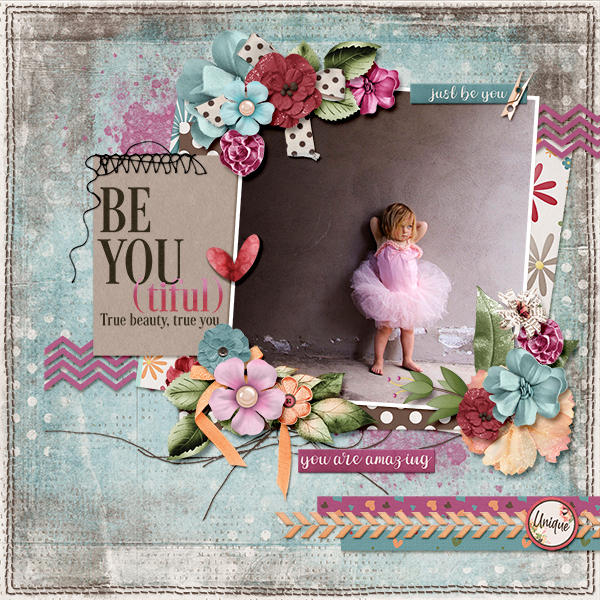
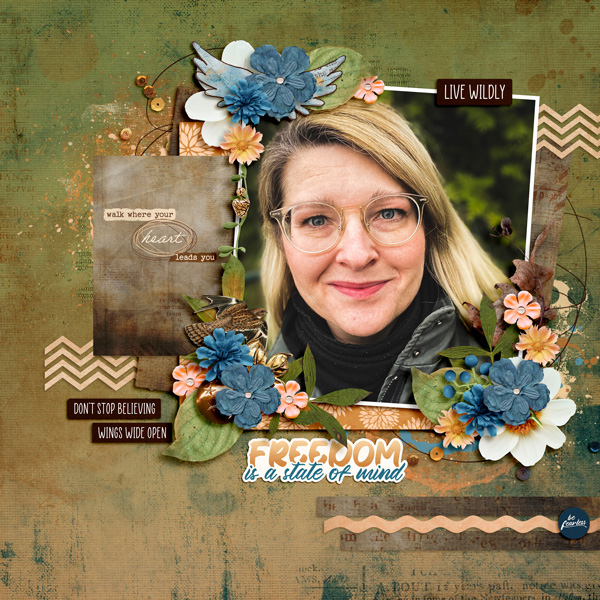
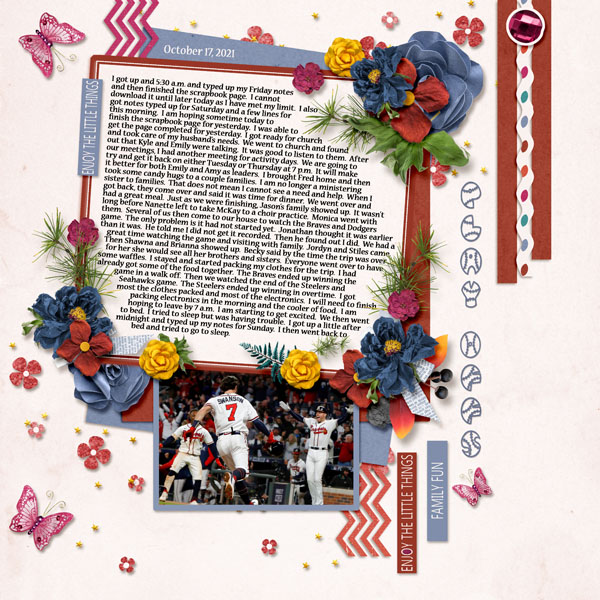
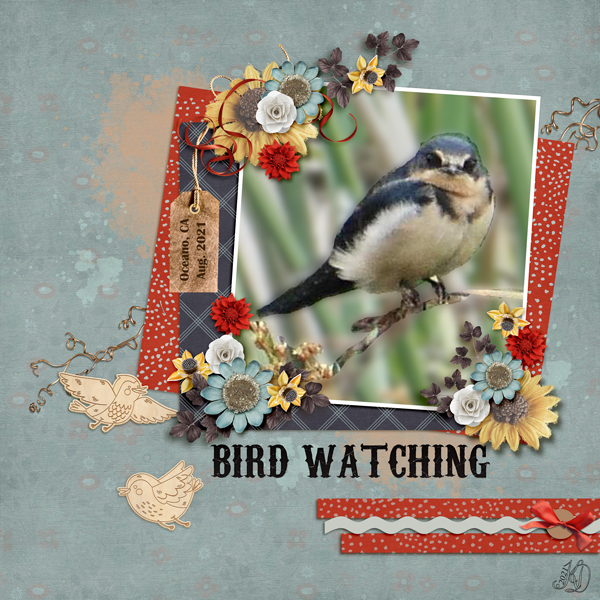
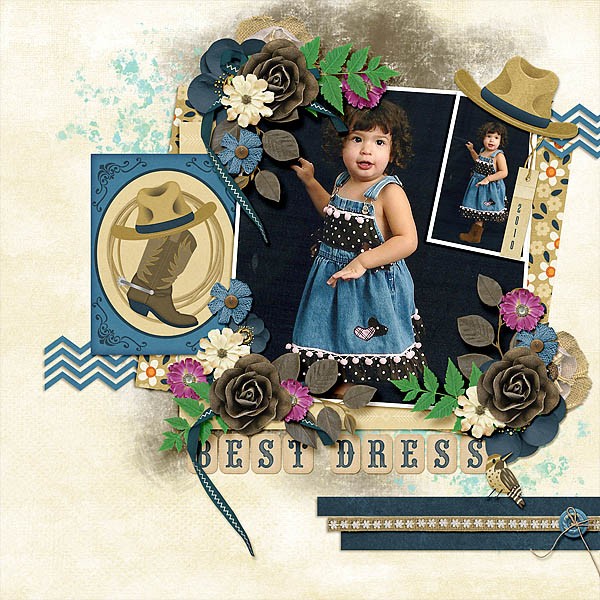
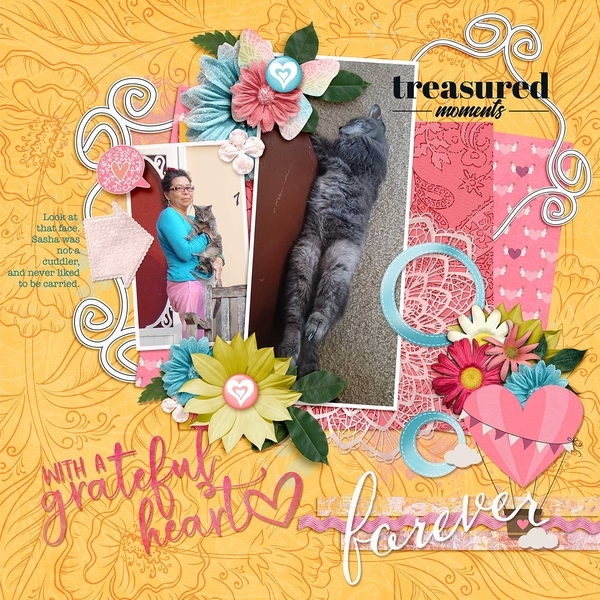
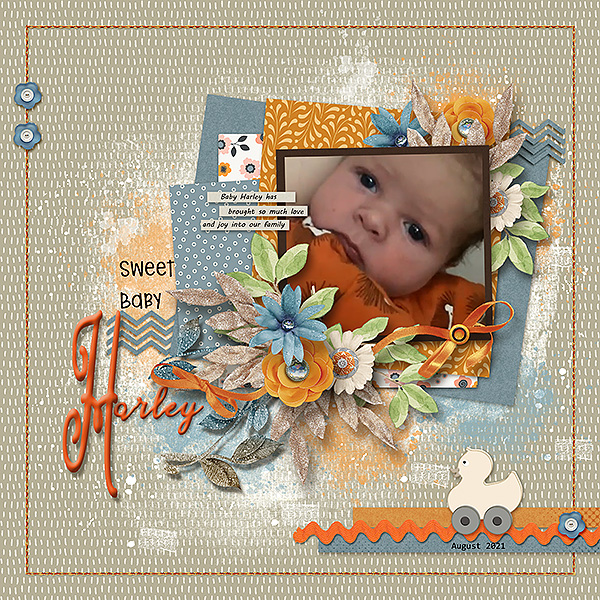
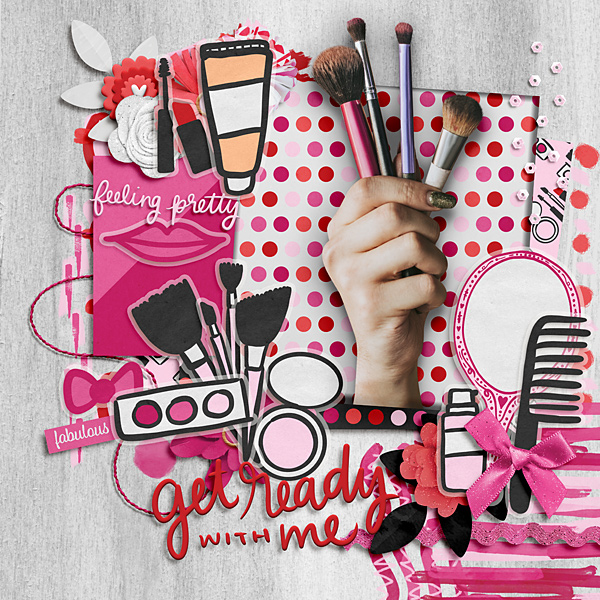
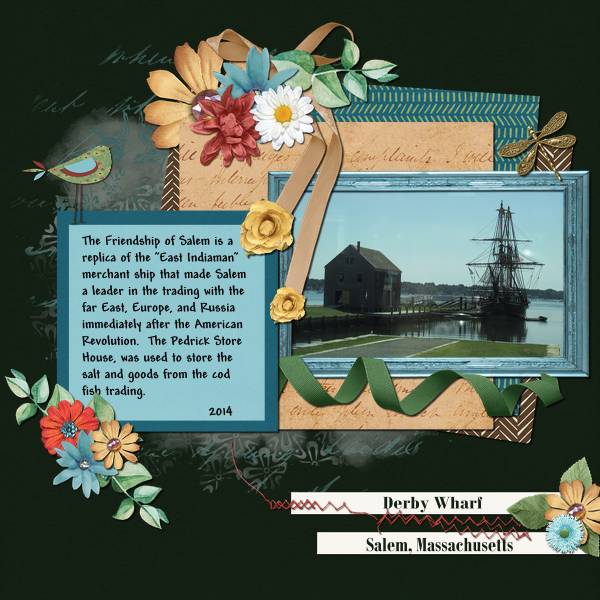
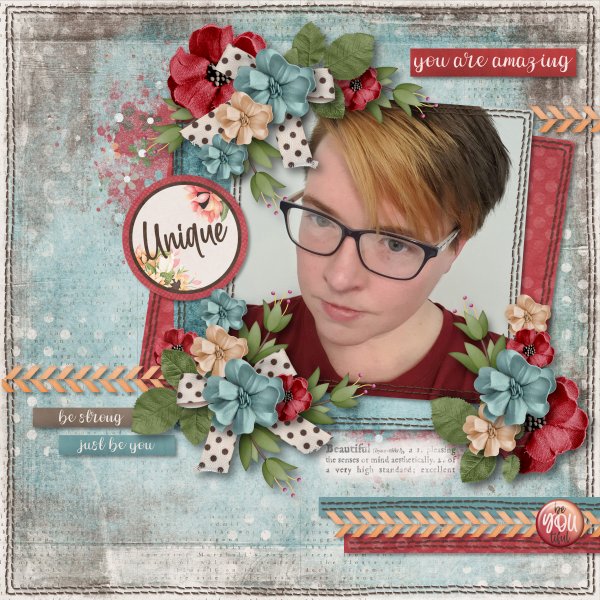
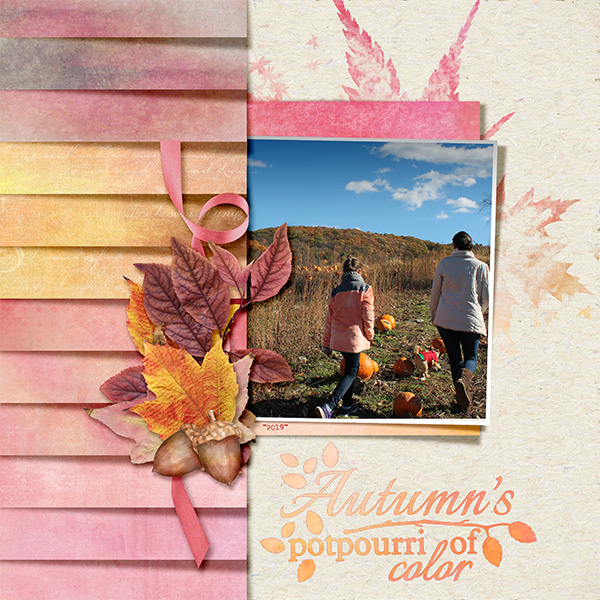





























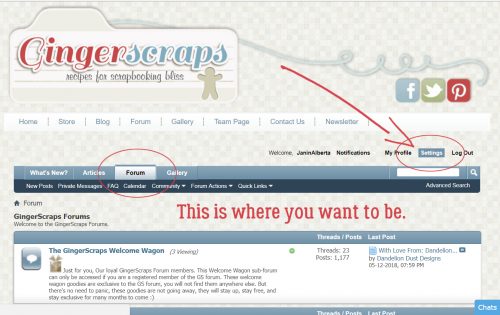
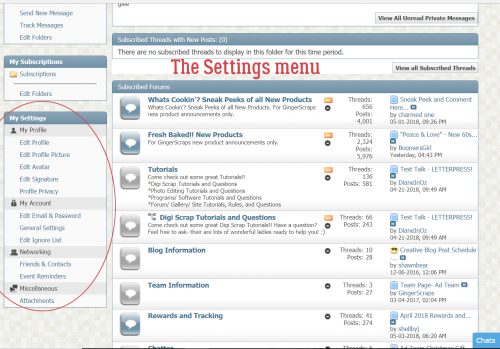
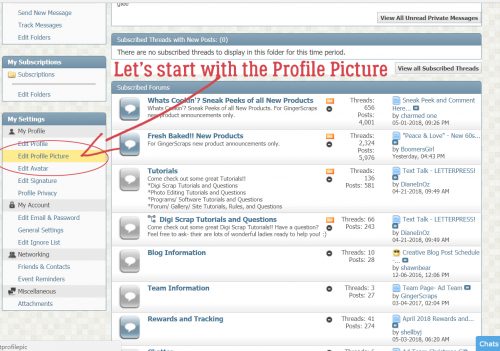
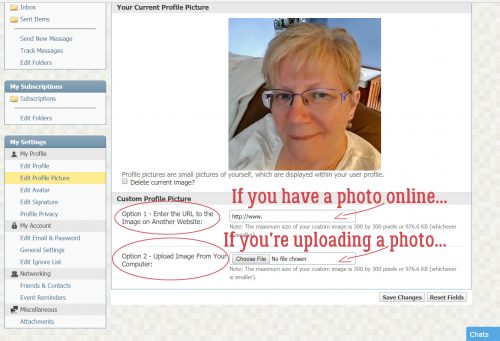
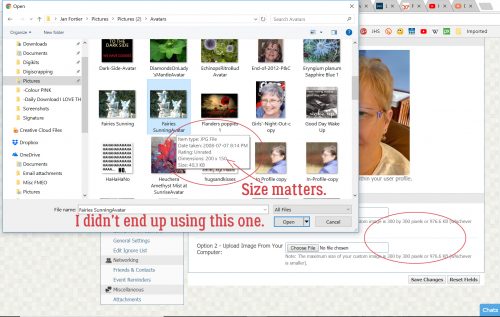
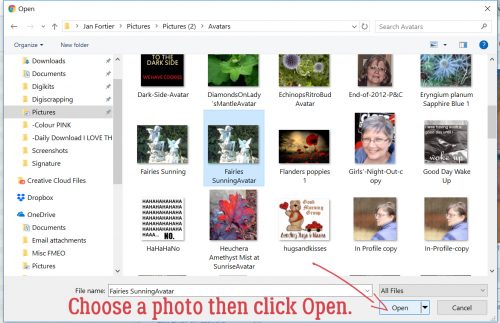
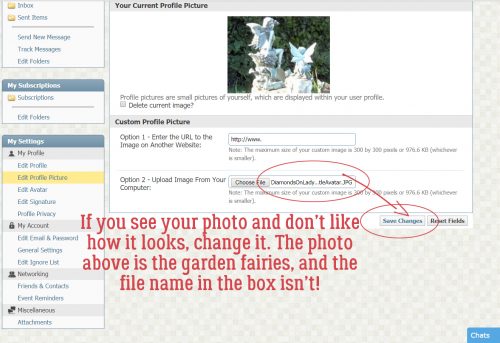
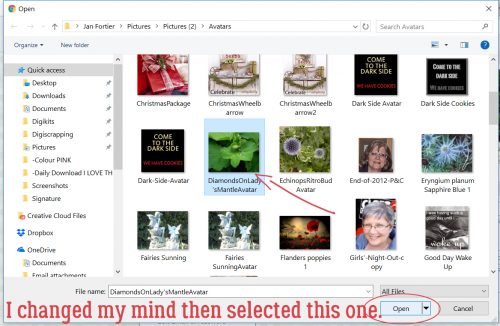
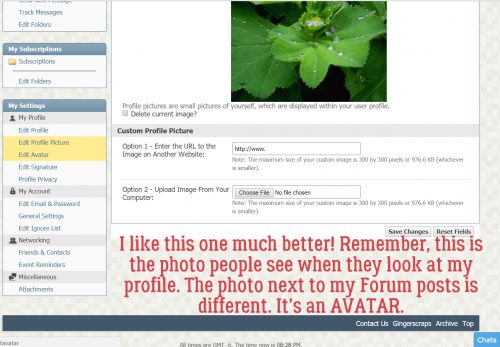
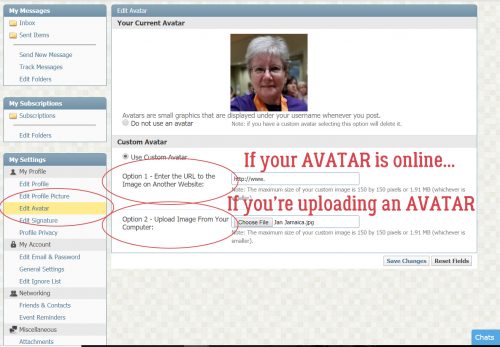
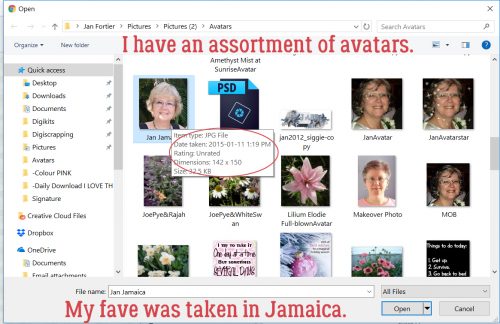
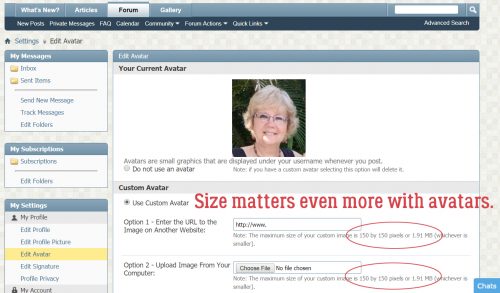
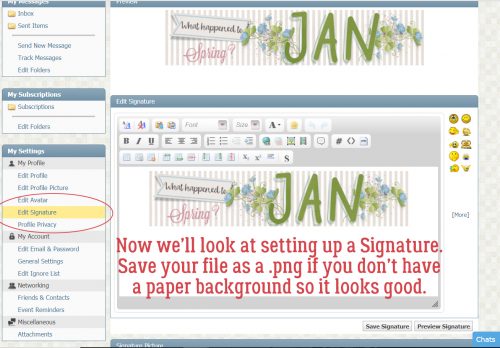
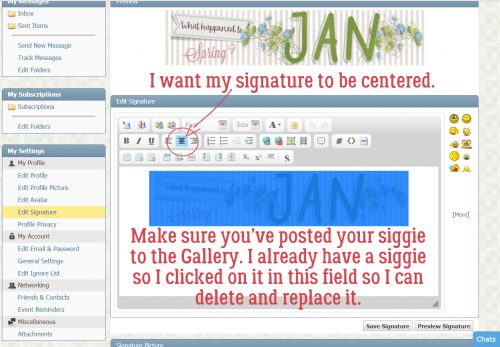
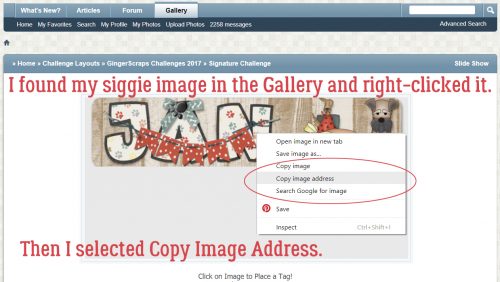
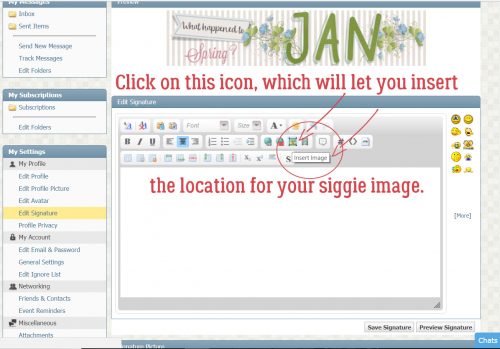
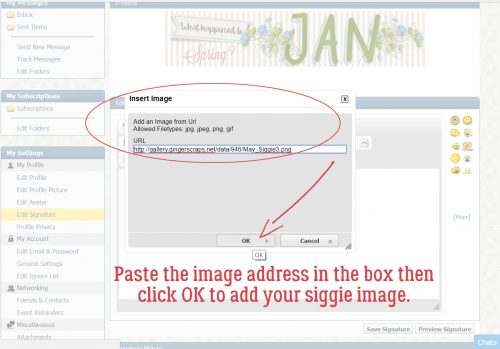
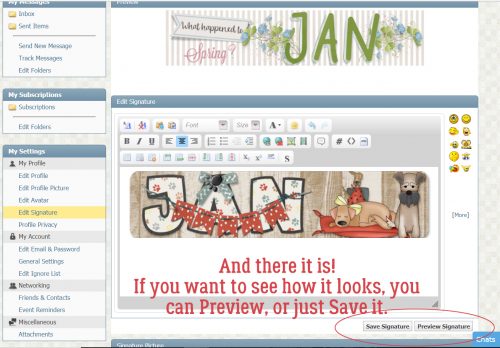
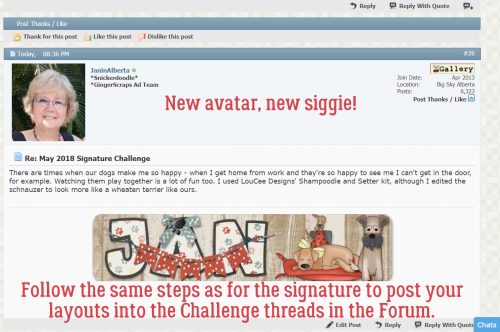




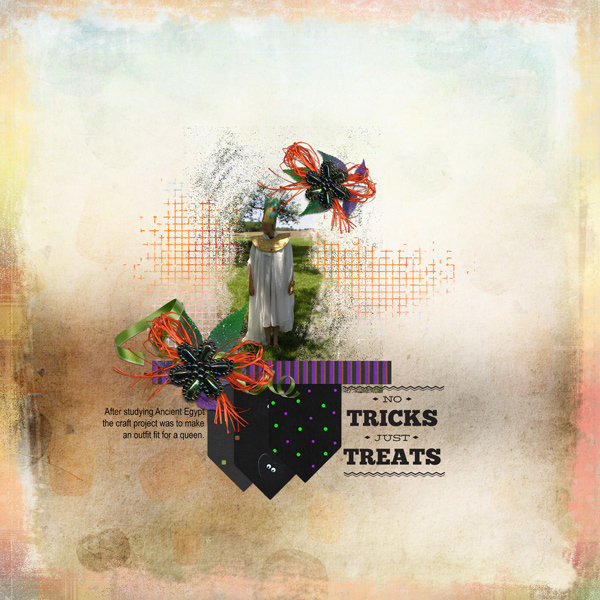
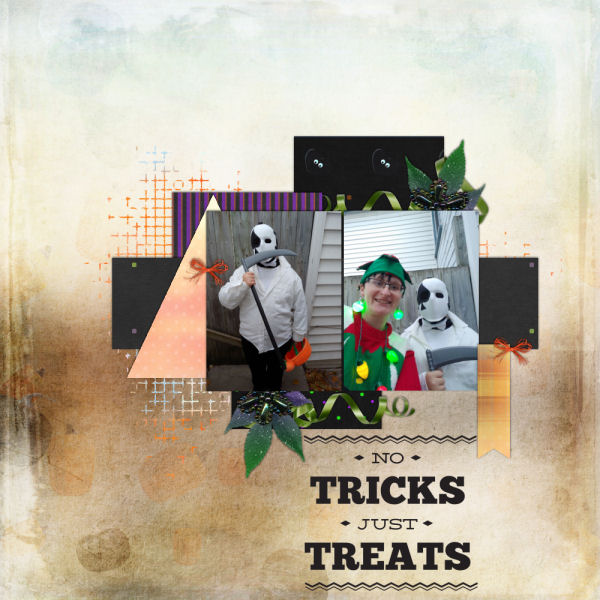

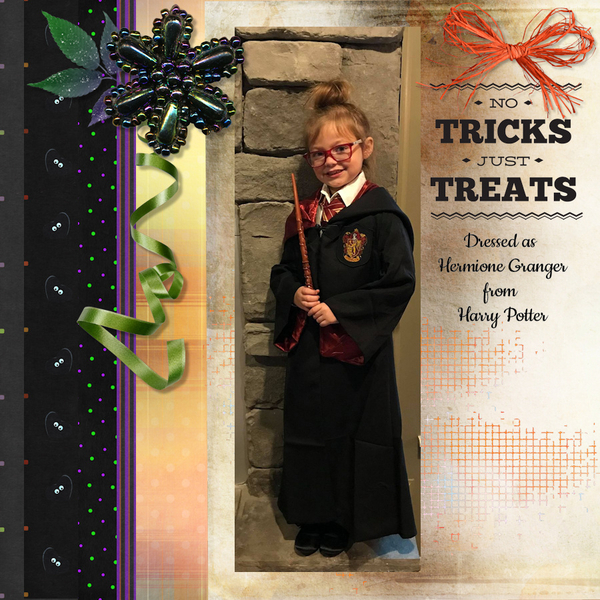
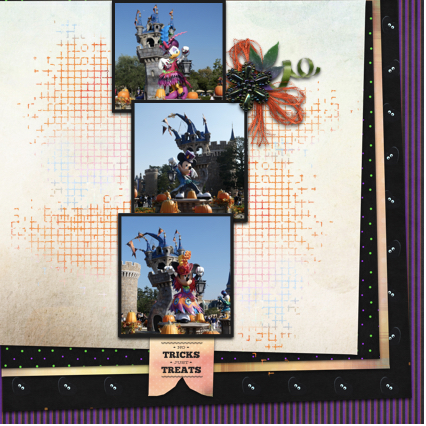 By clipping the lighter-coloured paper to a mask on a black background,
By clipping the lighter-coloured paper to a mask on a black background, 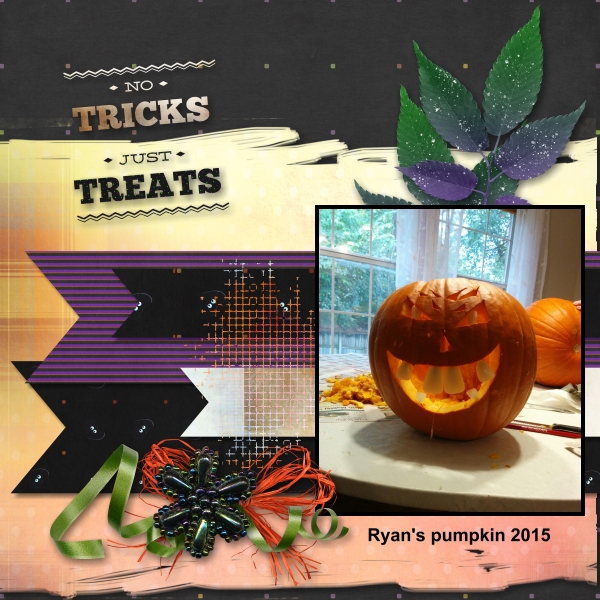 The way
The way 